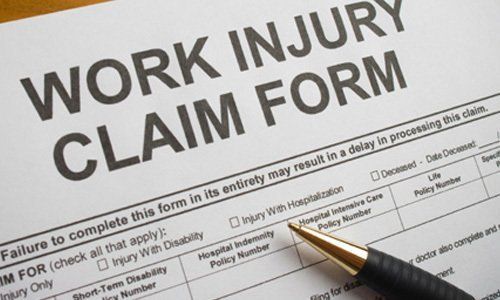5 Ways Employers Can Mitigate Workplace Fatigue and Burnout

According to The Mayo Clinic, workplace burnout is a special type of work-related stress — a state of physical or emotional exhaustion that also involves a sense of reduced accomplishment and loss of personal identity. Although burnout isn’t technically a medical condition, its effects can be vast and have dramatic effects on both managers and employees. The sources of most workplace burnout are far ranging and can be caused by anything from not enough vacation time, lack of interest in your job, dysfunctional workplace dynamics, hazardous working conditions, and more. Therefore, as you can probably imagine, mitigating workplace burnout amongst employees is a must for any employer. If employees are experiencing effects of burnout, their work and productivity suffers, leaving them and the company in a worse place than before they even began the job. In this article, we’re going to discuss five tactics that employers can implement in order to mitigate workplace fatigue and burnout.
Let’s dive in.
When addressing workplace burnout, it’s important to recognize the signs of symptoms of it. Ignored or unaddressed job burnout amongst employees can look like the following: excessive stress, fatigue, sadness, anger or irritability, high blood pressure, and vulnerability to illness. Although burnout takes many different forms, it’s important to recognize the symptoms so you’re able to quickly address them before matters get worse. Once workplace burnout has kicked in, however, that doesn’t mean you aren’t able to turn it around. Here are five ways to do address workplace burnout once it’s set in and/or before it has:
- Promote Work/Life Balance
There’s numerous ways employers can help promote work-life balance - not just for employees, but also themselves. It’s been shown that a good work-life balance does wonders for job performance and employee morale, in turn, curbing employee burnout. Luckily, in today’s economy and post-covid workplace environment, flexible and remote working is becoming more and more popular. Employees who have the option to maintain a hybrid work schedule, or choose to work remotely, have been shown to suffer from burnout less. That’s not to say that working from home is a cakewalk, because that too comes with its own set of struggles and challenges. However, if employees are able to provide employees with the option to work from home when they want to, it’s not a bad idea. If this isn’t suitable for your company, however, there are other ways to promote a healthy balance between life and work. Encouraging breaks amongst employees and focusing on productivity rather than the number of hours put in are two more ways to give employees more balance in their lives. Additionally, incorporating time for employees to volunteer during working hours has shown to improve employee morale. According to the Pew Research Center, millennial are more motivated by social action rather than simply just getting paid when looking for employment. Therefore, taking this into account when trying to facilitate work-life balance could majorly help decrease employee burnout and fatigue.
- Encourage Employees to Use Vacation Time
According to 2022 studies, more than half of Americans (55%) don’t use all of their paid time off. And, 52% of employees with PTO say they've worked during their time off! ( https://www.zippia.com/advice/pto-statistics/ ). As shocking as this may be to some, this is sadly the reality for a large portion of our employees. And, lack of paid time off is one of the fastest ways employees can begin to suffer from employee burnout. So, how can you motivate employees to take that time off? One of the best ways is to lead by example. In an interview with HRD , Arianna Huffington said that self-care is a vital investment in leadership. “I had bought into that collective delusion that in order to succeed, you just have to sacrifice your health,” says Huffington. Quite the contrary, however! Using vacation time and taking healthy breaks is crucial to workplace success and also greatly decreases workplace burnout.
- Prioritize Workplace Wellness & Safety
One of the main ways employers can support employees is to create a safe and healthy work environment. If employees feel safe, they’re much more likely to be happy at work and motivated to succeed. Additionally, a safe and healthy work environment doesn’t only protect employees from injury and illness but it also reduces employee absence, burnout, and turnover. Implementing an official safety program is crucial to maintaining a healthy workforce, especially for industries that offer physically rigorous jobs such as manufacturing and construction. The Physical Capacity Profile Testing System is a one-of-a-kind program that companies all over the country use for post-employment testing, which ensures that their employees are safe. Utilizing state-of-the-art proprietary software, the Physical Capacity Profile (PCP) machine completes a collection of multiple-strength measurements in as little as 30 minutes. Test report results are available to the medical professional and employer within minutes. The PCP testing system is ADA and HIPAA compliant and has successfully undergone EEOC audits. To learn more about The PCP Testing System, click here.
- Practice Open Communication
Creating a work environment where open communication is practiced and welcomed is a surefire way to foster a healthy work environment and reduce employee fatigue and burnout. In a survey on the importance of communication, Fierce, Inc. found “86 percent of respondents blame lack of collaboration or ineffective communication for workplace failures.” Without clear communication, employees lack direction and guidance, which can increase frustration and decrease motivation. To prevent this from happening, employers should lead by example and not only openly communicate with their employees but also encourage managers and employees to engage in open communication as well. In Listen!: The Art of Effective Communication , Dale Carnegie & Associates writes, “The truth is, communication creates—or destroys—relationships.” When employees are unsure of what they’re supposed to do, who they’re supposed to be in contact with, and what they should expect from their jobs, they’re much more likely to suffer from burnout and sadly, care less about their job. Practicing open communication strengthens employee morale and increases trust. Additionally, it can hold individual employees accountable, which in turn, encourages them to fulfill their specific job and feel more ownership over their work. When employees feel like they really do have power and authority over their work, they’re far less likely to experience employee burnout.
- Create Goals and Career Paths
According to Indeed, a career path is a career development program employees follow to advance in their role at your company. It’s essentially a time line that provides short and long-term goals for employees to accomplish so that they can move up ranks in their company. When employees view their jobs as a career rather than a placeholder in their lives, they’re much more likely to experience increased morale and performance. According to SHRM, employees cited a lack of opportunity for growth and advancement among the top five stressors at work ( https://www.shrm.org/resourcesandtools/hr-topics/employee-relations/pages/how-managers-can-help-stressed-workers-.aspx ). By providing employees with room to grow in their jobs, employers can encourage their employees to rise to the occasion.
According to The American Psychological Association, 61% of people reported experiencing workplace stress, which can take the form of anxiety, anger, fatigue and burnout. And, according to the American Institute of Stress , job stress costs U.S. companies over $300 billion annually due to accidents, absenteeism, diminished productivity, employee turnover, workers’ compensation and direct medical, legal and insurance costs. Therefore, it’s absolutely crucial for employers to employ practices that can reduce employee stress, boost morale, and decrease burnout. Instituting the five practices mentioned throughout this article are guaranteed to help and help foster a positive and motivating work environment. PCP Works is committed to helping employers do everything they can to create healthy and safe work environments. To learn more about PCP Works, click here.










